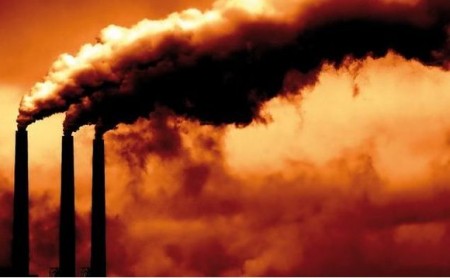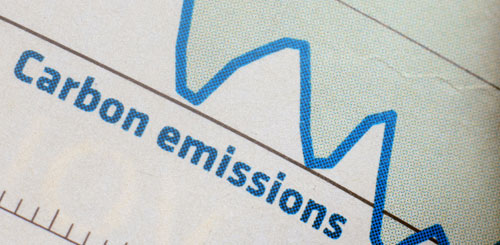July 2, 2015 – The United Nations has received commitments from 44 countries and the European Union (28 countries) so far in advance of the Paris climate change conference planned for December 2015. China, Brazil, South Korea, Iceland and Serbia are the latest to announce plans to decarbonize their economies over time. These commitments along with the United States, Russia and European Union mean that more than 70% of global emissions are now targeted for reductions.
China, which in a joint announcement late last year with the United States had committed to stop the annual rise in carbon pollution by 2030. But now the Chinese have gone further agreeing to intensity reductions of between 60 to 65% below 2005 levels per unit of gross domestic production. Of course if China more than doubles production intensity targets will not reduce overall greenhouse gas output.
Brazil’s leader, Dilma Rousseff, while visiting the White House, committed to increasing renewable energy to 20% of the country’s total energy capacity by 2030 and at the same time announced a goal to eliminate illegal deforestation by 2030 with the restoration of 12 million hectares (30 million acres) of rainforest.
South Korea announced an emissions target reduction of 37% from business-as-usual levels by 2030. Korea intends to purchase cap-and-trade carbon credits to offset its greenhouse gas emissions in anticipation that its emissions will double by 2030.
Iceland set its emissions reduction goal at 40% below 1990 levels by 2030. Serbia set a 9.8% reduction goal over the same time period.
By December it is hoped that near 100% participation in carbon reduction targets will have been achieved. But environmentalists remain skeptical that the current targets will keep the planet’ atmosphere at or below the 2 Celsius (3.6 Fahrenheit) target that the IPCC has concluded is a reasonable goal to minimize the worst impacts of atmospheric warming and ocean sea level rise.
Here are some of the pledges other countries have made to date:
Antigua and Barbuda – 25% below 1990 levels by 2020.
Australia – 5% below 2000 levels by 2020m 60% below 2000 by 2050.
Belarus – 5-10% below 1990 levels by 2020.
Bhutan – carbon neutral by 2020.
Canada – 30% below 2005 levels by 2020 not including oil sands emissions (expected to account for 14% of all emissions by 2020) which it hopes to offset by purchasing carbon credits.
Chile – 20% below 2007 levels by 2020.
Costa Rica – carbon neutral by 2021.
Dominican Republic – 25% below 2010 levels by 2030.
European Union (28 countries) – 40% below 1990 levels by 2030.
India – 20-25% emission intensity reduction from 2005 levels by 2020 per unit of production with a commitment to produce 20% of electricity from renewables by that date.
Indonesia – 26% below business-as-usual emissions by 2020 with reduction of deforestation to a net sink by 2030.
Israel – 20% below business-as-usual emissions by 2020.
Japan – 26% below 2013 emission levels by 2030.
Kazakhstan – 15% below 1990 levels by 2020.
Maldives – carbon neutrality by 2020.
Marshall Islands – 40% below 2009 CO2 levels by 2020.
Mexico – 30% below business-as-usual emissions by 2020 and 50% below 1990 levels by 2050.
New Zealand – 20% below 1990 levels by 2020.
Norway – 30% below 1990 levels by 2020, carbon neutral by 2030.
Papua New Guinea – carbon neutral by 2050.
Peru – zero net deforestation by 2021.
Russia – 15% below 1990 levels by 2020 and 50% below those levels by 2050.
Singapore – 7-11% below business-as-usual emissions by 2020.
South Africa – 34% below business-as-usual emissions by 2020.
Switzerland – 20 to 30% below 1990 levels by 2020, carbon neutral by 2030.
Taiwan – 30% below business-as-usual by 2020.
Ukraine – 20% below 1990 levels by 2020 and 50% below those levels by 2050.
United Kingdom – 50% below 1990 levels by 2025.
United States – 26-28% below 2005 levels by 2025.
Vietnam – 8% emission intensity reduction from 2010 by 2020.
To find the latest in country carbon reduction target commitments go to Climate Action Tracker on the web.












